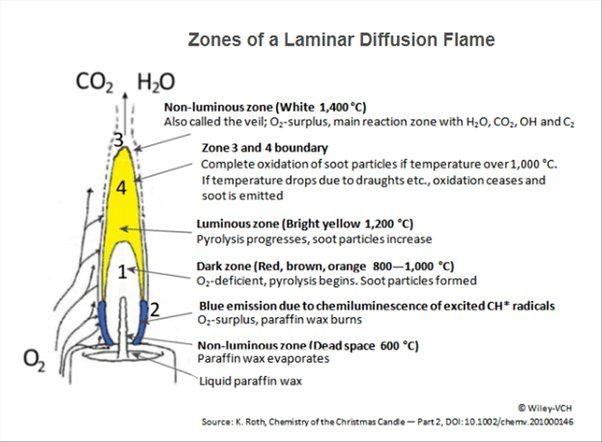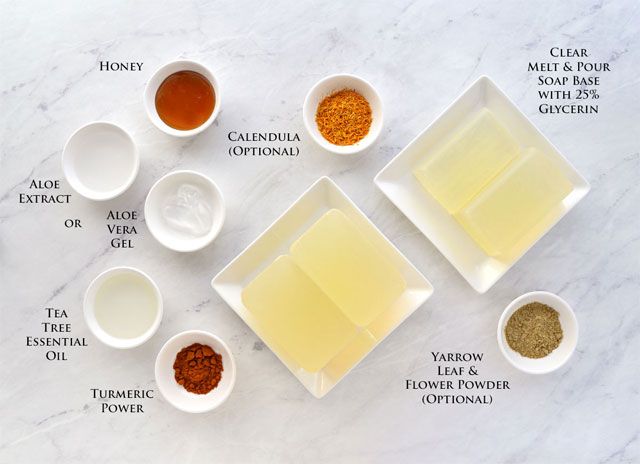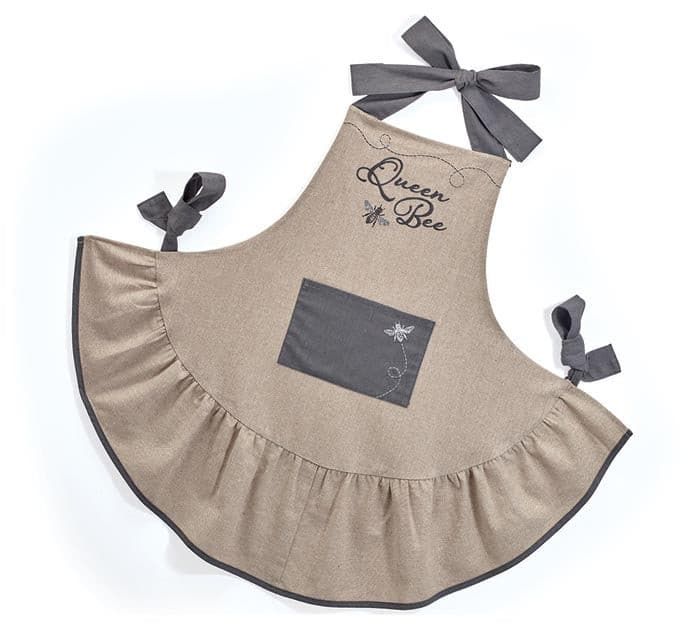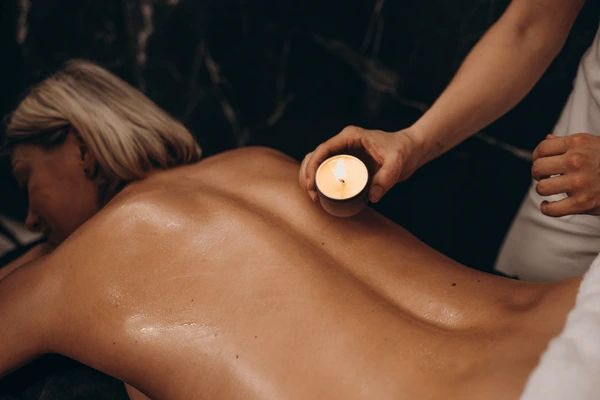What Kind Of Wood Is Used For Wood Wicks?
Wood wicks are a popular type of candle wick that are made from various types of pressed or braided wood fibers. Unlike traditional cotton or paper wicks, wood wicks create a distinctive crackling sound when lit from the wood fibers burning. This provides a unique ambiance that many find soothing and reminiscent of a cozy fireplace.
Wooden wicks have been used for centuries to provide light and heat before the advent of electricity. They became popularized in contemporary candlemaking in the 1990s by candle companies like WoodWick Candle Company, which patented wooden wicks. The unique crackling sound produced by the wooden wicks helped differentiate these luxury candles from standard wax candles.
Today, wood wicks remain a popular choice for candlemaking because of their aesthetic appeal. Many consumers enjoy the soft crackling sound, which provides sensory stimulation and helps set a relaxing mood. Wood wicks are also praised for their cleaner burn compared to other wick materials. When paired with natural soy, vegetable, or beeswax, wood-wicked candles can create an inviting and cozy scent experience.
Types of Wood Used
The main types of wood used for wood wicks are maple, birch, pine, and bamboo. Each type of wood has unique properties that make it well-suited for wood wicks.
Maple is one of the most popular woods used for wood wicks because it burns slowly and evenly. Maple has a fine, uniform grain that allows for excellent capillary action to draw the melted wax up the wick. The light color of maple also ensures a clean burn with minimal smoke or soot.
Birch is another top choice due to its hardness and density. This prevents the wood wick from bending or losing its shape during burning. Birch also has excellent absorbency to keep the wax flowing. The wood burns cleanly without sparking.
Pine wood wicks are appreciated for their versatility. Different varieties of pine can provide either a slow, even burn or quick, hot burn as desired. Pine is also readily available. However, the knots and sap common in pine can cause more popping and smoke than other wood types.
Bamboo makes an eco-friendly wood wick option. It shares many properties with maple, birch, and pine in terms of burning cleanly at an even rate. Bamboo wicks are also extremely durable and absorbent.
Maple
Maple is one of the most popular types of wood used for wood wicks because of its ideal properties that allow it to burn slowly and evenly. Maple is a dense, hard wood that comes from maple trees. It has a fine, uniform grain that gives it a smooth texture. Maple is also straight-grained, meaning the wood fibers run in a parallel direction, which contributes to its slow and consistent burning properties.
When used in wood wicks, maple creates a hotter flame compared to softer woods. The density and hardness of maple enable it to be soaked well in wax and hold the wax evenly throughout the wick. As the wax melts, the maple wood provides continuous capillary action to draw the melted wax up through the wick. This allows the wax and wood to burn down slowly together and helps prevent tunneling.
Maple has natural oils that act as natural fire retardants to slow down the burning process. It also has a mild, neutral aroma and flavor, making it ideal for scented candles so it does not interfere with fragrance oils. Overall, the hardness, tight grain, density, and burn properties of maple make it one of the top choices for manufacturing wood wicks.
Birch
Birch is one of the most popular woods for wood wicks because of its excellent properties for burning. Birch has a hardness rating of 4 on the Janka hardness scale, making it a hardwood that is dense and durable yet still relatively easy to cut and shape. It has a fine, even grain that allows for smooth cuts and an attractive look.
The main reason birch is commonly used for wood wicks is its excellent burn properties. Birch has natural oils that allow it to burn slowly and evenly, without sparking or snap, crackle noises. This makes birch ideal for wood wicks, allowing them to burn steadily and provide ambient, comforting light. Birch also has a pleasant, mild scent when burned, unlike some woods with strong scents.
In summary, birch is one of the top choices for wood wick manufacturers because it machined easily, has an attractive grain, and most importantly burns cleanly and evenly to produce the perfect flame for a wood wick candle. Its hardness, density, mild scent, and ideal burn properties make birch a go-to wood species for quality wood wicks.
Pine
Pine is a coniferous softwood that comes from the Pinus genus. It has a medium-coarse grain and light yellow to reddish brown heartwood color. Pine is fairly lightweight and rated as a softwood on the Janka hardness scale. However, pine does have some positive properties that make it suitable for wood wicks:
Pine is a relatively sustainable and readily available wood source in many parts of the world. It has decent burning properties, though not quite as slow and even-burning as high density hardwoods. The softer density exposes more surface area to the flame, increasing fragrance throw. Pine has a mild pine scent when burned, which some find pleasant in small amounts blended with other woods. It produces less smoke and cleaner burns than more resinous softwoods like cedar.
The lower cost and availability of pine makes it an attractive option for manufacturers to include some percentage of pine in their wood wick blends. Using some pine helps keep costs down compared to 100% maple or other hardwoods. The mix of pine and higher density hardwoods creates a good balance of burn properties. Overall, pine can be a suitable component for wood wicks when blended appropriately with harder and more dense woods.
Bamboo
Bamboo is a fast-growing and highly renewable grass that is occasionally used for wood wicks. It has some properties that make it suitable for wicks:
Hardness: Bamboo has a high tensile strength and hardness due to its fiber composition. This hardness helps bamboo wicks maintain their shape and rigidity when burning.
Grain: Bamboo has a straight grain that allows for uniform capillary action, helping to draw up lamp oil. The density of bamboo also contributes to a slower, more controlled burn rate.
Burn properties: Being a grass, bamboo has high silica content. This results in a high ash content when burned. The ash helps wicks maintain a rigid structure as they burn.
While bamboo has some benefits, it also has some drawbacks. The high silica content produces more soot than wood. The hardness of bamboo can also be a detriment, making it more difficult to shape and process into wicks. Consequently, bamboo is only occasionally used and is not as common as woods like maple or pine for wood wicks.
Other Woods
While maple, birch, pine and bamboo are the most commonly used woods for wood wicks, there are some other less common woods that are also sometimes used:
Oak – Oak has a very high density and burns slowly and evenly. It has natural oils that allow it to burn cleanly without creating much smoke. Oak wood wicks are durable and long-lasting.
Cedar – Cedar has a pleasing natural aroma when burned. The wood contains natural oils that help it burn slowly and steadily. Cedar wood wicks are a good option for candles where scent is important.
Aspen – Aspen is a soft hardwood that burns evenly. It does not have as much resin or oil as other woods. Aspen provides a neutral, light colored wood wick without strong scent or flavor.
These less common woods each have their own properties that can provide benefits for certain types of candles or scent profiles. The natural oils and aromas of woods like oak and cedar allow them to enhance scented candles when a subtler, more natural fragrance is desired.
Factors in Selecting Wood
When selecting wood for wood wicks, there are several important factors to consider:
Safety – The wood should burn cleanly without heavy soot or ash buildup. Hardwoods like maple and birch tend to burn cleanly, while softwoods like pine may produce more smoke or residue.
Emissions – The wood should not give off toxic fumes or strong odors when burned. Some tropical hardwoods can produce irritating emissions, so sustainable domestic woods are preferable.
Cracking – The wood grains should be tight enough to resist cracking as the wick burns. Materials like bamboo with naturally rigid structure are less prone to cracking.
Aroma – Some woods like cedar give off pleasant fragrances when burned, while others have no discernible smell. The natural aroma of the wood can enhance the scented candle.
By carefully selecting wood based on these criteria, manufacturers can produce safe, high-quality wood wicks that burn evenly and contribute to the candle’s scent.
Sourcing the Wood
When selecting wood wicks, many manufacturers source their wood from sustainably managed forests. Sourcing high-quality wood from responsible suppliers is an important consideration. The locality of the forest is also a factor, as some types of wood thrive in certain climates and soil conditions more than others.
Many wood wick manufacturers use wood sourced from North American forests. Maple and birch trees grown in the northeastern United States and Canada produce high-quality, dense hardwood that is well-suited for wood wicks. Softwoods like pine may come from sustainably managed forests further south.
Some manufacturers source renewable bamboo from responsible suppliers in Asia. Bamboo is naturally fast-growing, and can be harvested every 3-5 years without replanting. Using bamboo rather than slow-growth trees may be an eco-friendly choice. However, it’s still important to verify the supplier’s sustainability practices.
No matter the source, reputable wood wick companies prioritize responsible sourcing and stewardship of natural resources. Choosing wood wicks made from ethically harvested materials ensures environmental sustainability.
Conclusion
In summary, there are several key types of wood that are commonly used for manufacturing wood wicks. Softwoods like pine are affordable options that burn well, while hardwoods like maple and birch have an attractive grain but may be more expensive. Exotic woods like bamboo offer unique visual appeal. The optimal wood choice depends on factors like cost, appearance, scent, and burning properties.
When sourcing wood for wicks, it’s important to select wood that is properly dried and cured, with minimal sap or resin content. This helps ensure a clean, even burn and reduces smoking or crackling noises. The wood should also be free of chemicals, stains, or other treatments that could release toxins. Ultimately, wood wicks allow candlemakers to highlight the natural properties and aromas of different woods, adding visual and sensory appeal to their candles.






